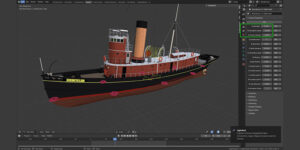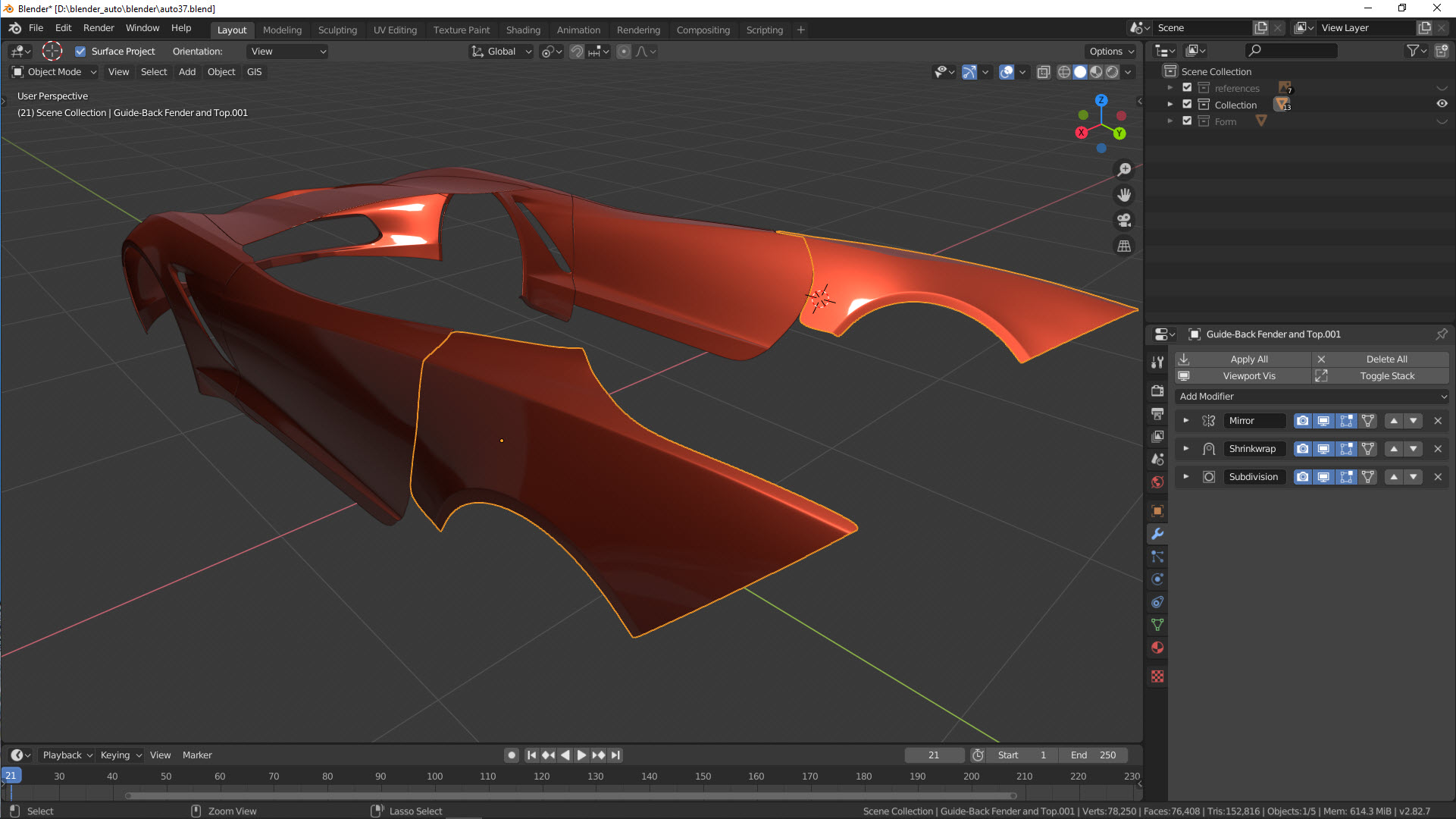


If you need to import those components, their model files are located in the “common” folder. The model files for vehicles won’t include wheels, tires, and shared components like the engine and suspension on the pickup/van. In blender then select “File” -> “Import” -> “Collada”, and select the file you just moved out of the zip file.ĭo note that the model usually includes every single option component available for the car this means that there can be multiple versions of bumpers and other components included. We only want the model file, which is the “.dae” file The first step is to copy it somewhere outside of the zip file, like on your desktop, so blender can access it. For cars it should be in the same folder as the jbeam files. For example the 200BX’s folder is “coupe”. However in many cases, especially older cars, the internal name is referring to the car’s body style. Some are fairly obvious, like “etk800” is the ETK 800 series. Take note however that all those names are the “internal” names of vehicles. It includes a folder for each car/prop, along with a “common” folder which contains all assets that are shared between vehicles this includes wheels, tires, components shared between the D/H-Series, etc. You should see the zip files of all the vehicles and props in the game. Blender: Vehicle Modeling Instructor: George Maestri Ready to shift your modeling skills into high gear In this course, author George Maestri shows how to build an Aston Marton DB5, James Bond’s iconic set of wheels in Goldfinger, entirely from scratch in the free 3D modeling application Blender. Go to “C:\Program Files (x86)\Steam\steamapps\common\BeamNG.drive\content\vehicles”, or the vehicle folder of your beamNG install folder. What else can you do with NURBS in Blender? If you've got a good idea and a plan, you can use them to make pretty much anything.A first step in a lot of modding projects is to import parts from vanilla models. This won't impact the number of control points that you have at your disposal, however-it's just used to increase or decrease the number of subdivisions breaking up the NURBS object itself. Under Object Data Properties in the Properties panel, you can also dial into your curve or surface Resolution settings.

This parameter pulls and pushes on the procession of points making up the curve, depending on how close they are to each weighted vertex, piling up and stretching out accordingly. One handy trick for flattening your NURBS surface: select every control point, and use the Scale tool to scale everything's Z axis down to zero while leaving everything else as-is using the Adjust Last Operation panel in the bottom left-hand corner.Īside from the placement of each control point, you can also adjust them by Weight-the W field in the vertex's Control Panel settings.


 0 kommentar(er)
0 kommentar(er)
